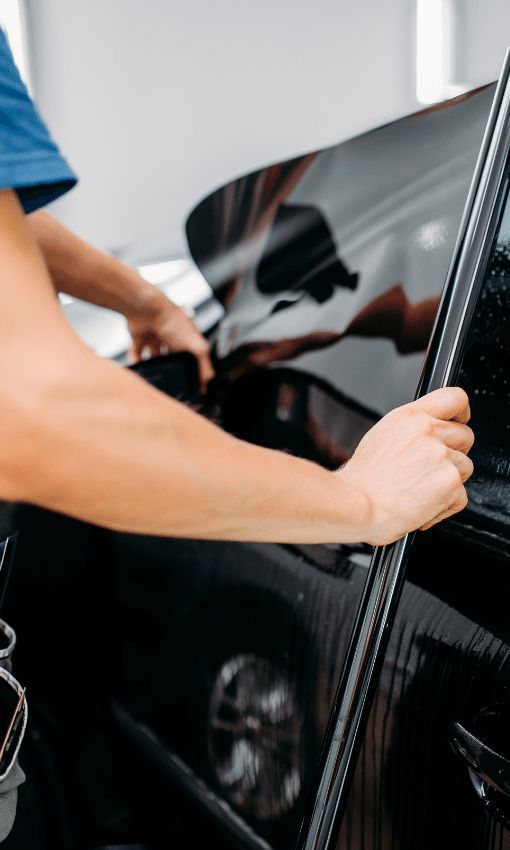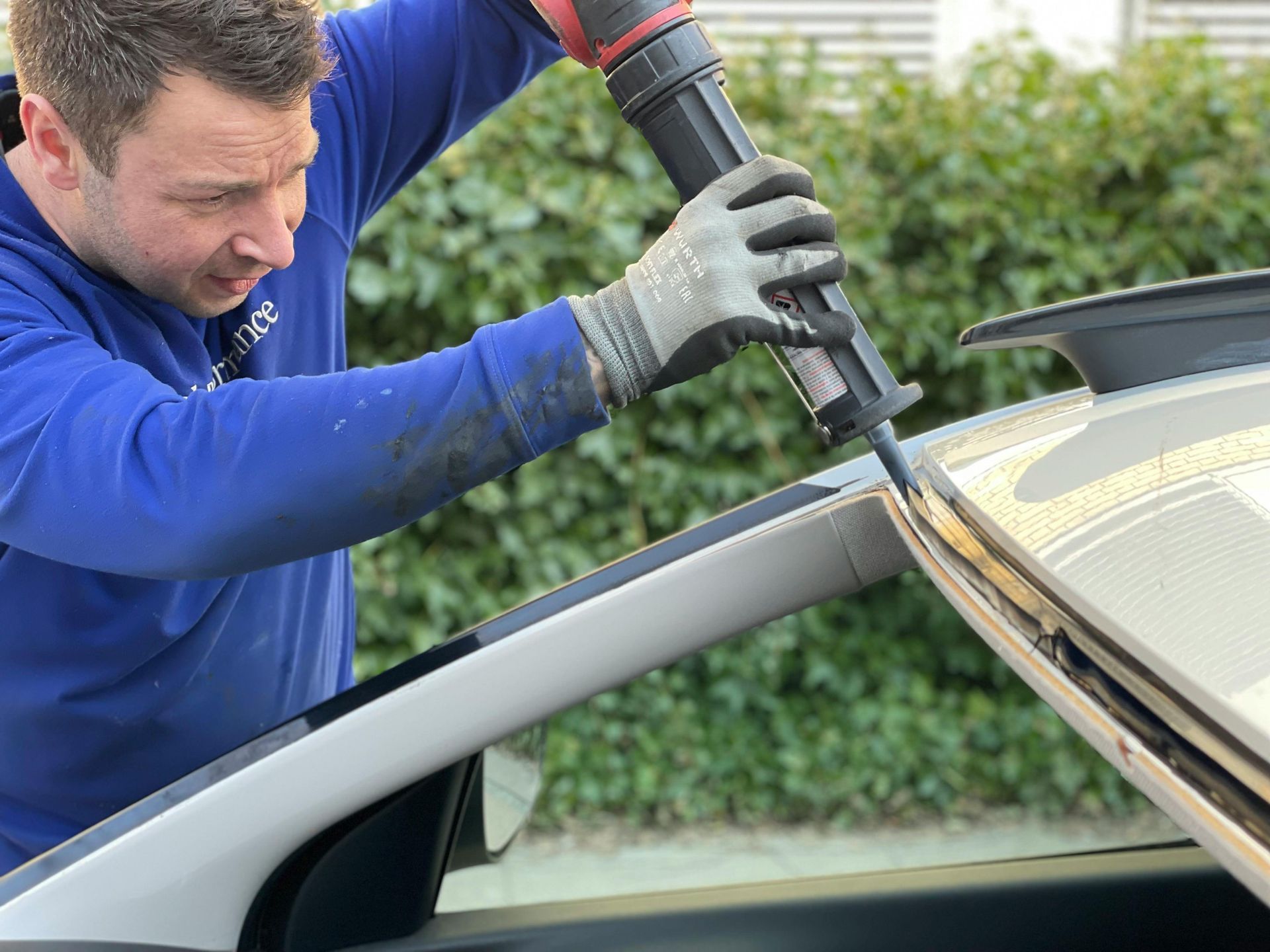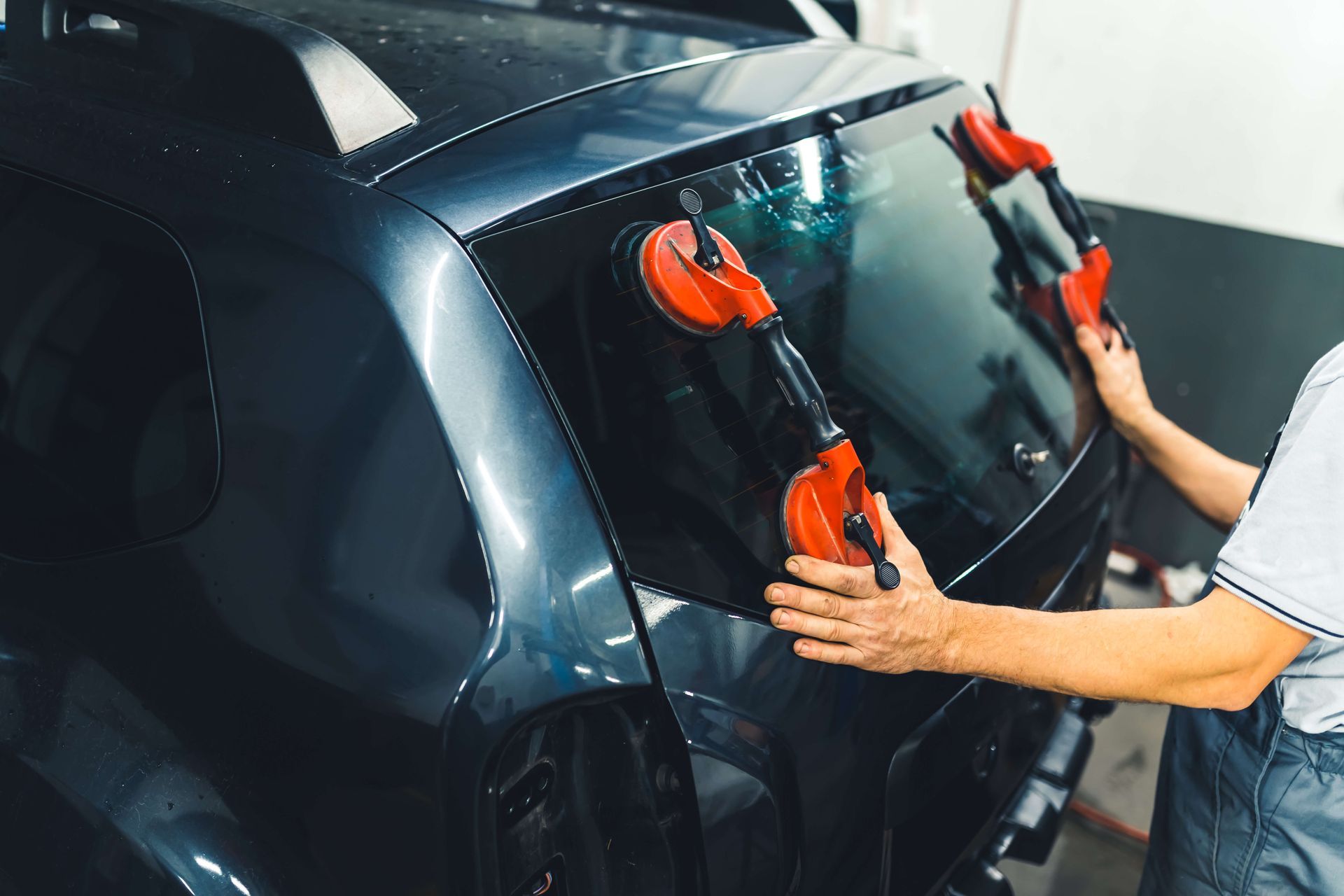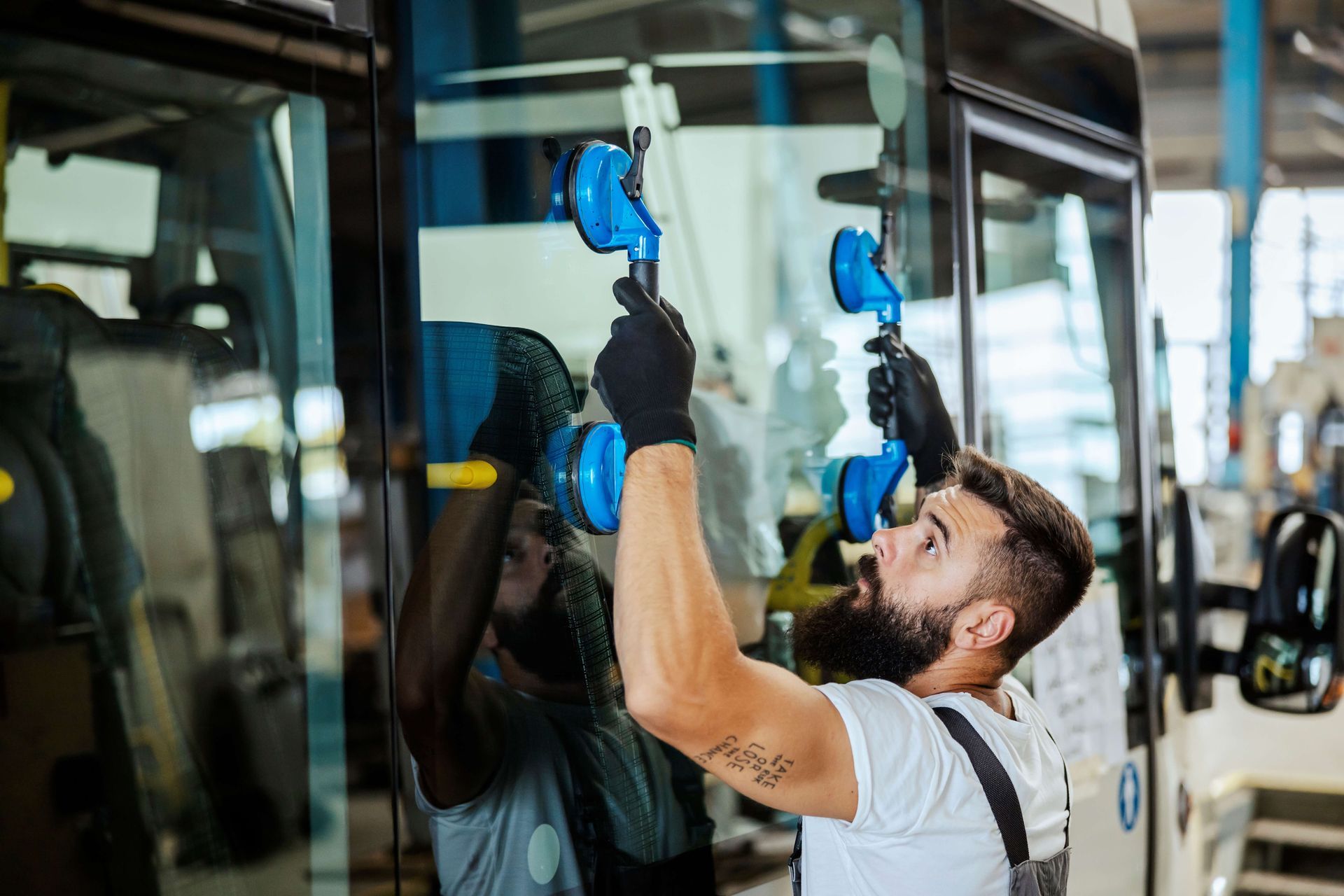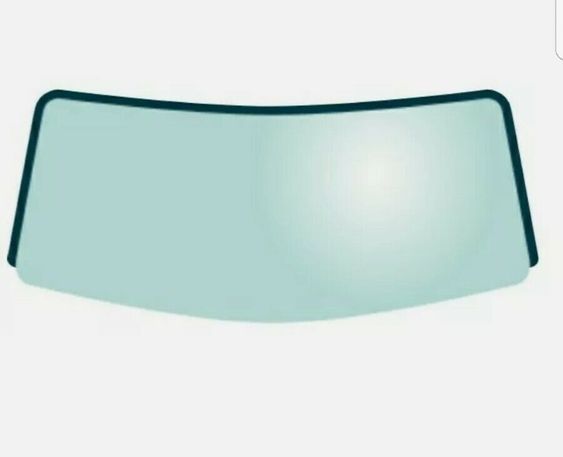Factors That Influence Windshield Replacement Cost
Windshield replacement is a critical auto glass repair that can vary significantly in cost depending on several key factors. Understanding these factors, such as the impact of pre-existing damage, the choice between aftermarket and original equipment manufacturer (OEM) glass, and the specific needs of your car windshield, is essential for managing expenses effectively. Factors that influence windshield replacement cost include the complexity of the replacement process, potential impacts on insurance coverage, and the overall condition of the broken windshield. By comprehensively evaluating these elements, you can make informed decisions and ensure that you receive quality windshield replacement service while staying within your budget.
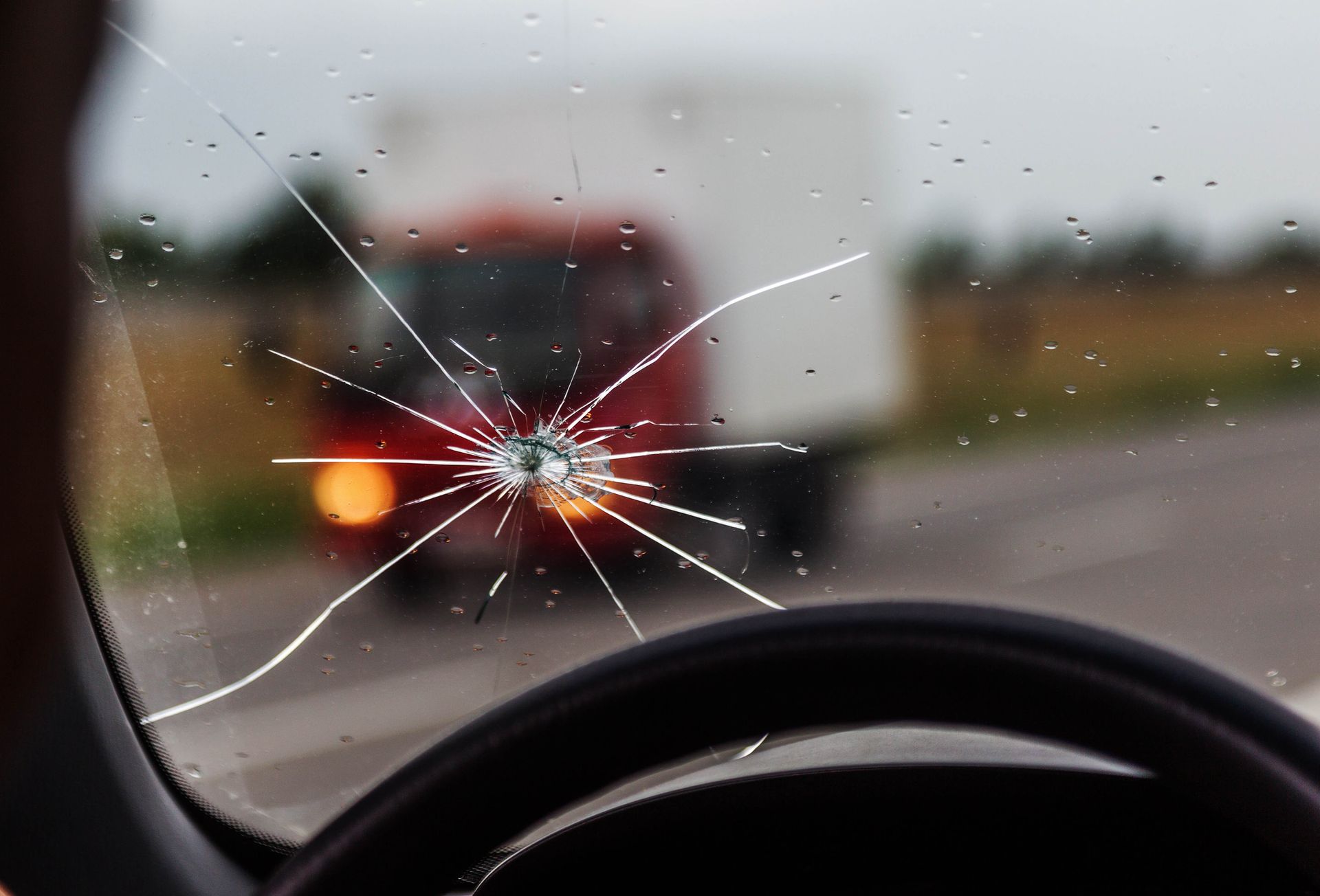
The Impact of Pre-Existing Damage on Windshield Replacement Expenses
Pre-existing damage to your windshield or auto glass can significantly affect the overall cost of windshield replacement. Here’s how:
1. Additional Repairs: If your windshield has pre-existing damage such as chips, cracks, or other issues, it may require additional repairs before a full windshield replacement. This step increases both the labor involved and the total cost of auto glass replacement. The need to address existing issues, such as fixing chips or stabilizing cracks, can add to the complexity and expense of the windshield replacement process.
2. Insurance Coverage: Insurance companies often evaluate the condition of pre-existing damage when processing claims. While comprehensive insurance may cover auto glass replacement, pre-existing damage can complicate the claim process. Insurers might adjust coverage based on the extent of the damage, leading to potential higher out-of-pocket expenses. It's important to review your insurance policy carefully to understand how pre-existing damage impacts your coverage and costs.
3. Increased Complexity: Addressing a broken windshield with pre-existing damage may involve more complex procedures. For instance, if your windshield features advanced elements like rain sensors, these components need to be carefully handled during replacement. The inclusion of such features increases the technical complexity of the replacement, potentially raising the overall windshield replacement cost. Additionally, ensuring proper calibration and functionality of these sensors after replacement adds to the labor and expense.
Factors That Determine the Need for Complete Windshield Replacement
Several factors determine whether you need a full windshield replacement or if an auto glass repair would suffice:
1. Size and Location of Damage: Cracks longer than a few inches or those situated in critical areas, such as the driver’s line of sight, typically necessitate a complete windshield replacement. This is essential for preserving the structural integrity of the windshield and ensuring driver safety. Damage in these key areas not only obstructs visibility but can also affect the car windshield's ability to withstand impacts and provide structural support in the event of an accident.
2. Depth of Damage: The depth of damage plays a crucial role in deciding between windshield replacement and repair. If the damage penetrates through multiple layers of windshield glass, it often requires a full replacement. Shallow cracks or chips may be suitable for auto glass repair, but deeper or more severe damage can compromise the effectiveness of repair techniques. In such cases, replacing the windshield becomes necessary to ensure the safety and reliability of the auto glass.
3. Age and Severity of Damage: The age and progression of damage also influence the decision for windshield replacement. Older damage that has expanded over time or extensive cracks may be beyond the scope of effective repair. As cracks worsen, they can spread and compromise the car windshield's strength, making replacement the safer and more practical solution. Repairing extensive or aged damage might not adequately restore the windshield's integrity and could potentially lead to further issues.
How Do Aftermarket Parts Affect Windshield Replacement Cost?
1. Cost Differences: Aftermarket glass is generally less expensive than OEM glass, making it a budget-friendly option for windshield replacement. Choosing aftermarket auto glass can help reduce upfront costs, especially if you are looking for a more economical solution. However, the lower cost of aftermarket glass often reflects differences in manufacturing processes and materials. It’s crucial to consider whether the savings outweigh potential trade-offs in quality, such as fit and finish, which can affect the long-term durability and performance of the windshield during different weather conditions.
2. Quality and Warranty: Aftermarket glass can be cost-effective, but it may not always meet the same quality and safety standards as OEM glass. OEM windshields are produced by the original manufacturer of the vehicle and are designed to match the exact specifications and performance criteria of the original glass. This ensures a precise fit and optimal safety features, such as the proper integration of rain sensors and other advanced technologies. OEM glass typically comes with a more comprehensive warranty, offering better protection against defects and issues. On the other hand, aftermarket glass may have varying levels of quality and warranty coverage, which can affect the overall value and reliability of the replacement.
3. Insurance Coverage: Insurance policies often have specific requirements regarding auto glass replacement. Some insurance plans may only cover OEM glass or offer better reimbursement rates for using OEM parts. Using aftermarket glass could potentially impact your insurance coverage or claim process. It’s important to review your insurance policy details and consult with your insurer to understand how choosing aftermarket glass might affect your claim and out-of-pocket expenses. In some cases, opting for OEM glass might be a requirement to fully utilize your insurance coverage.
New Paragraph
By considering factors such as pre-existing damage, the need for a complete replacement, and the choice between aftermarket and OEM glass, you can better manage your windshield replacement costs and make informed decisions that prioritize both safety and budget. Each of these elements plays a critical role in determining the overall expense and effectiveness of the replacement, so it’s essential to weigh them carefully. Always consult with a professional auto glass technician, like the experts at Bankstown Windscreen, to evaluate the best options for your specific vehicle. Their expertise ensures that your windshield replacement not only meets safety standards but also aligns with your financial considerations. By taking the time to understand these variables and choosing a trusted service provider like Bankstown Windscreen, you can achieve a successful and cost-effective outcome, ensuring your vehicle remains safe and roadworthy.
About Bankstown Windscreens
At Bankstown Windscreens, we take pride in being Sydney's top choice for windshield replacement and auto glass repair services. We understand that dealing with a broken windshield or damaged car windshield can be a major inconvenience, so we strive to make the process as hassle-free as possible for our customers. When you choose Bankstown Windscreens, you’re entrusting your vehicle to a team of skilled professionals dedicated to providing exceptional service. We prioritize quality by using only the best OEM and aftermarket glass, ensuring the durability and safety of your auto glass replacement.
What distinguishes Bankstown Windscreens is not only our technical expertise but also our commitment to a customer-focused approach. We recognize the importance of transparency and reliability in windshield replacement services, which is why we handle every detail—from selecting premium materials to providing efficient, seamless service—on your behalf. Bankstown Windscreens is committed to delivering an experience that prioritizes both superior craftsmanship and customer satisfaction, giving you peace of mind that your vehicle is in the best hands.
